Albert Ojwang’s death has now taken a new direction after the Star newspaper revealed that he was tortured inside Karura Forest before being returned to the Central Police Station, where he died a few hours later.
This shocking new development contradicts earlier claims made by the police about what happened that night.
A clearer picture has now emerged, exposing what seems to be a carefully planned operation involving powerful individuals in the security forces.
Sources close to the investigation have disclosed that Ojwang was removed from his cell between 9.35 pm and 1.39 am and taken to Karura Forest, where he was assaulted before being brought back almost lifeless.
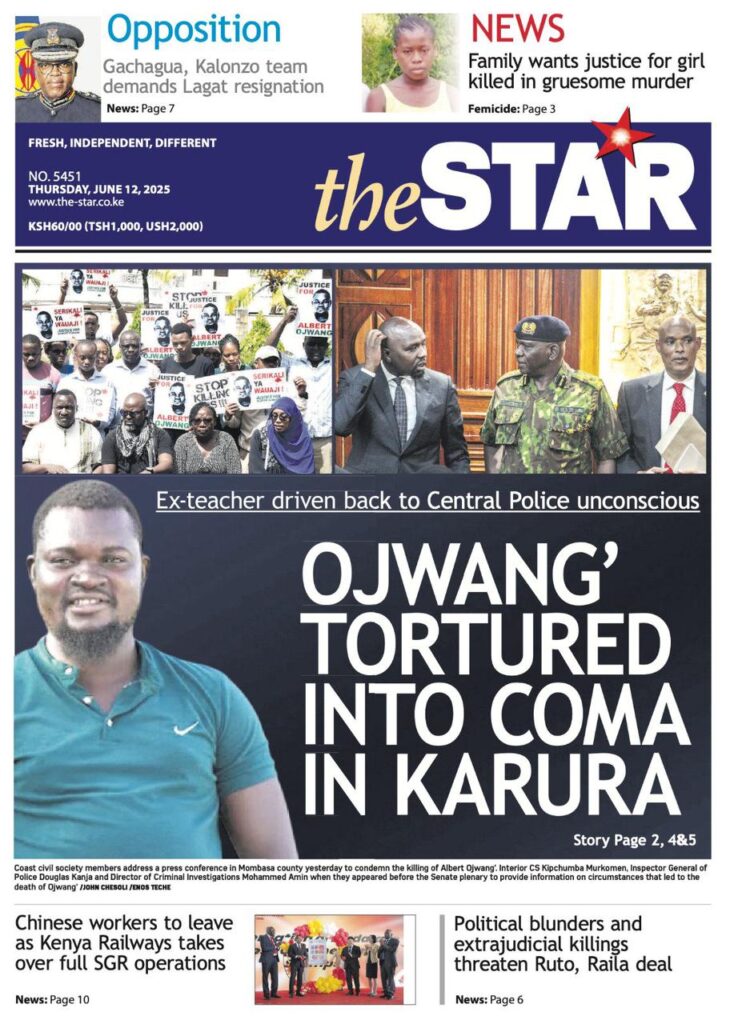
The information, which was revealed to The Star, paints a chilling story. A person familiar with the events said Ojwang was healthy when booked at the station, but was secretly removed later that night, tortured, and brought back while barely alive.
The source explained that a private car not an official police vehicle was used to move him from the station to the forest.
This came after the Directorate of Criminal Investigations vehicle that brought him from Homa Bay had already been released.
The same source said the operation was carried out quietly, and those involved included a senior police officer and his driver.Inside the forest, Ojwang was handcuffed and allegedly beaten severely.
The attackers kicked and punched him until he became unconscious. When they realised how bad his condition was, they panicked and rushed him back to Central Police Station.
Upon arrival, some officers at the station are said to have refused to accept him back because he was bleeding and unresponsive. However, they were reportedly overruled by orders from higher-ranking officials who insisted he be booked into a solitary cell. Other petty suspects were released from the cell to make space for Ojwang.
Just after 1 am, he was locked up, and about 40 minutes later, his death was entered into the Occurrence Book.
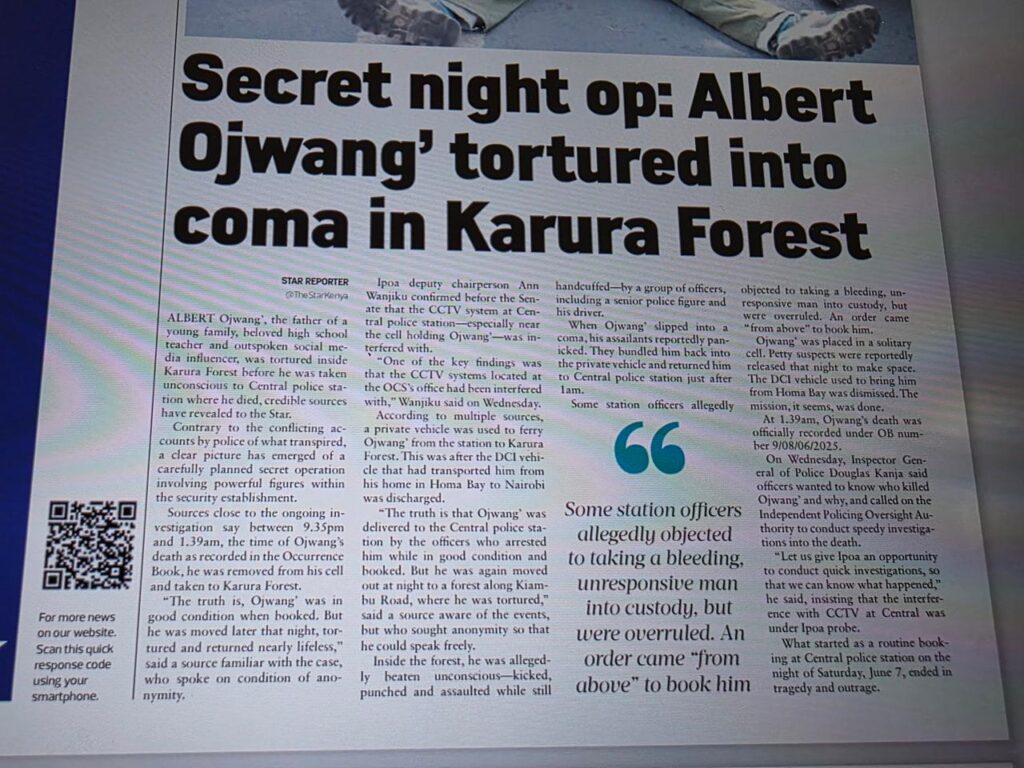
Inspector of Police Douglas Kanja later said the Independent Policing Oversight Authority had been asked to look into the matter and establish what exactly happened.
He noted that the CCTV system at the station, especially around Ojwang’s cell, had been tampered with something confirmed by IPOA deputy chairperson Ann Wanjiku when she appeared before the Senate.
Ojwang’s death occurred on the same night he was brought to Nairobi after being arrested in Homa Bay by officers from the Directorate of Criminal Investigations.
He had been accused of making online posts that mentioned Deputy Inspector General of Police Eliud Lagat in connection to corruption allegations. Ojwang was a young father and had recently married.
When he arrived at Central Police Station, officers allowed him to make two phone calls one to his wife and another to a friend to let them know he was safe.
However, that was the last time his loved ones heard from him. His phone later went off, prompting a group of activists to go to the police station that night to check on him.
Although they were told he was there, they were denied access and asked to return the next day. What they didn’t know was that Ojwang had already been taken out of the station and was facing what would become his final moments in Karura Forest.
An autopsy later confirmed that Ojwang had suffered a blow to the head and that the injuries were consistent with physical assault.
This directly challenges the earlier police explanation that he hit his head against the wall inside the cell.
Many now believe that Ojwang’s death was not an accident but part of a deliberate act meant to silence him.
The truth behind what happened that night is now under intense scrutiny, and many are demanding full accountability from those involved.






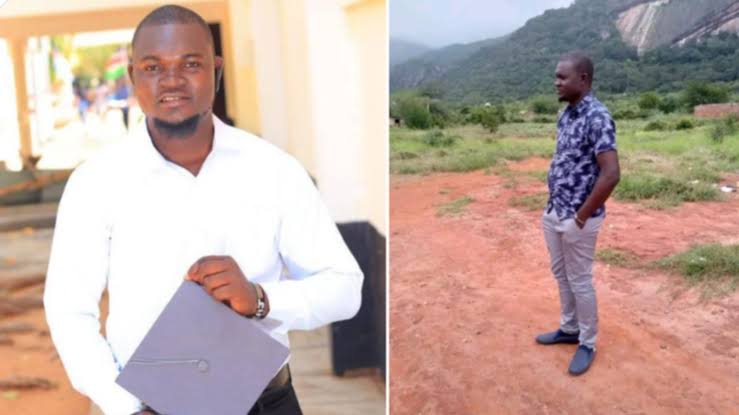
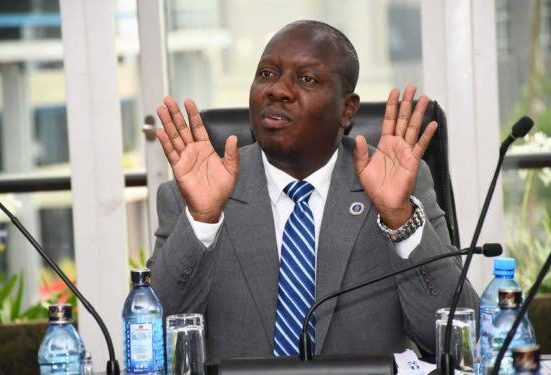
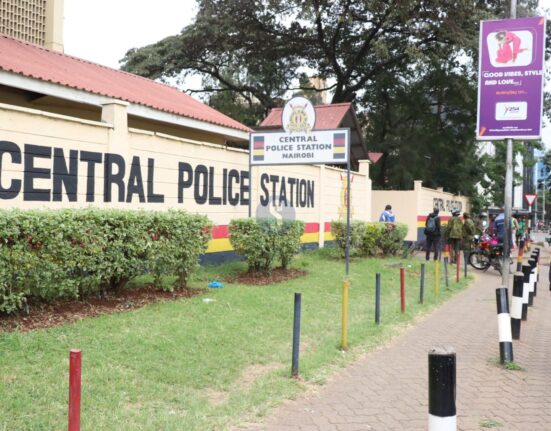
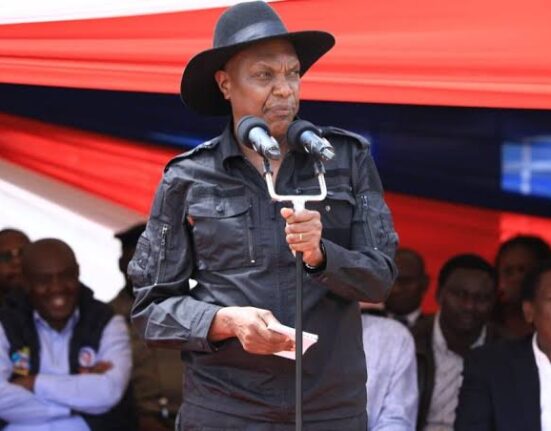
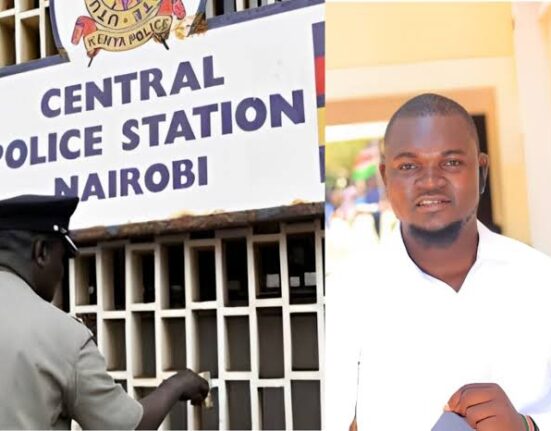
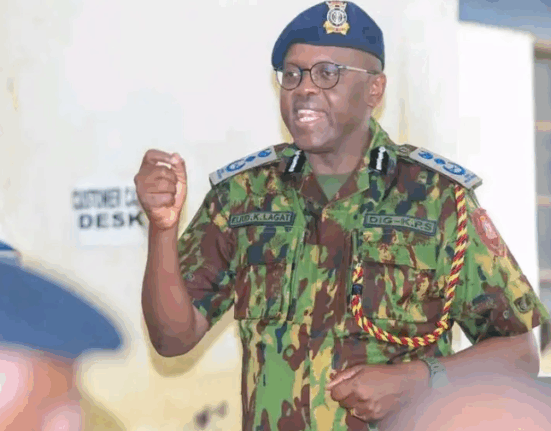
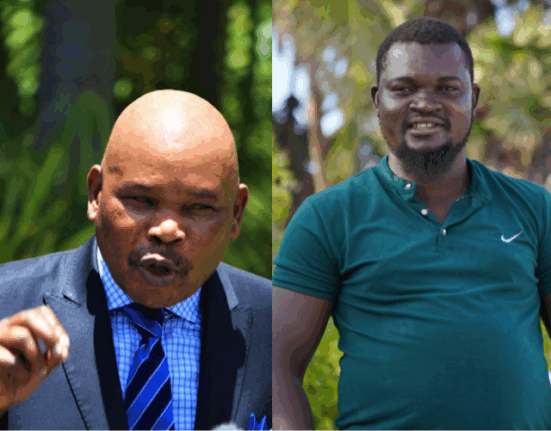
Leave feedback about this